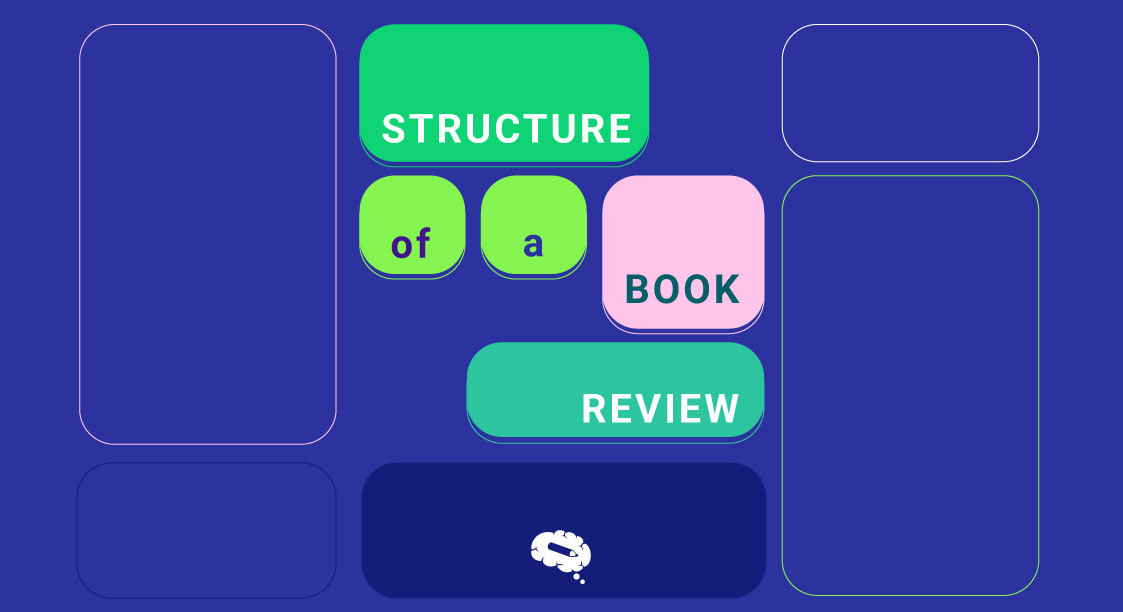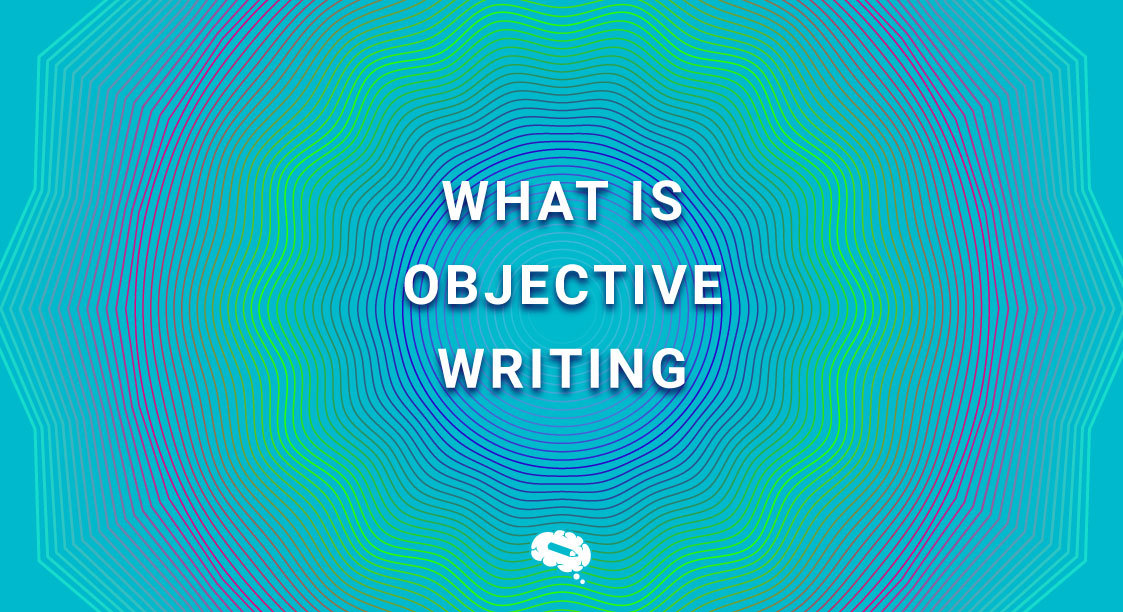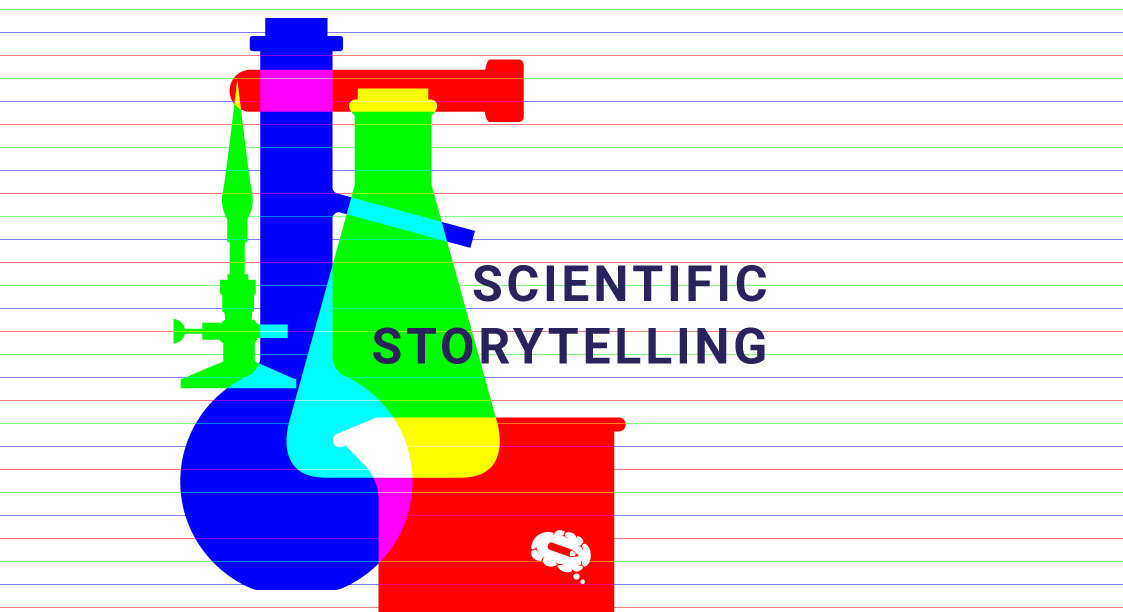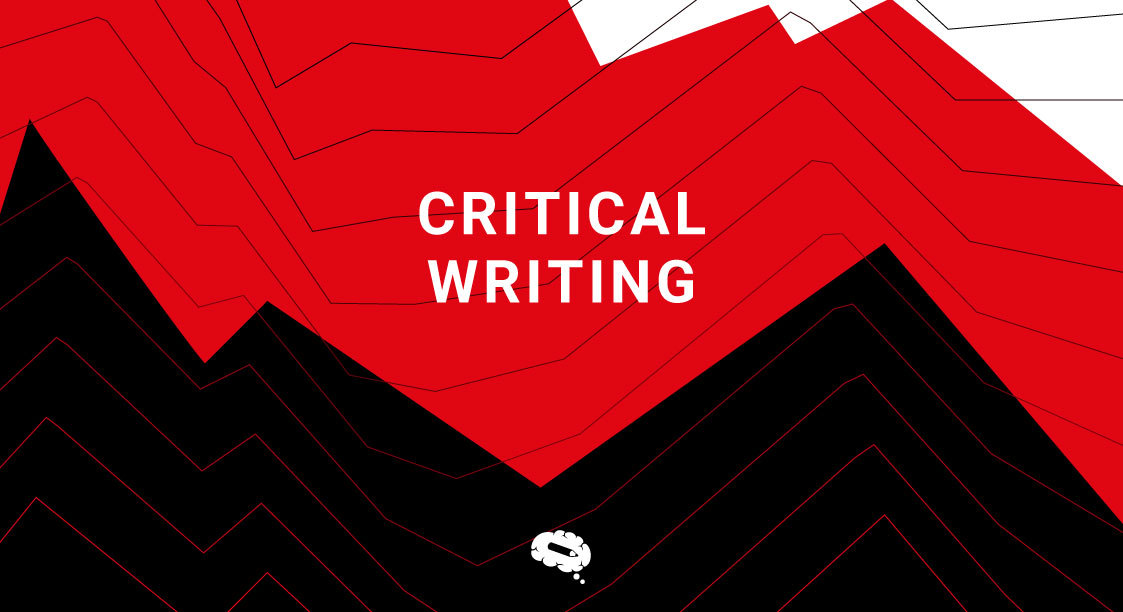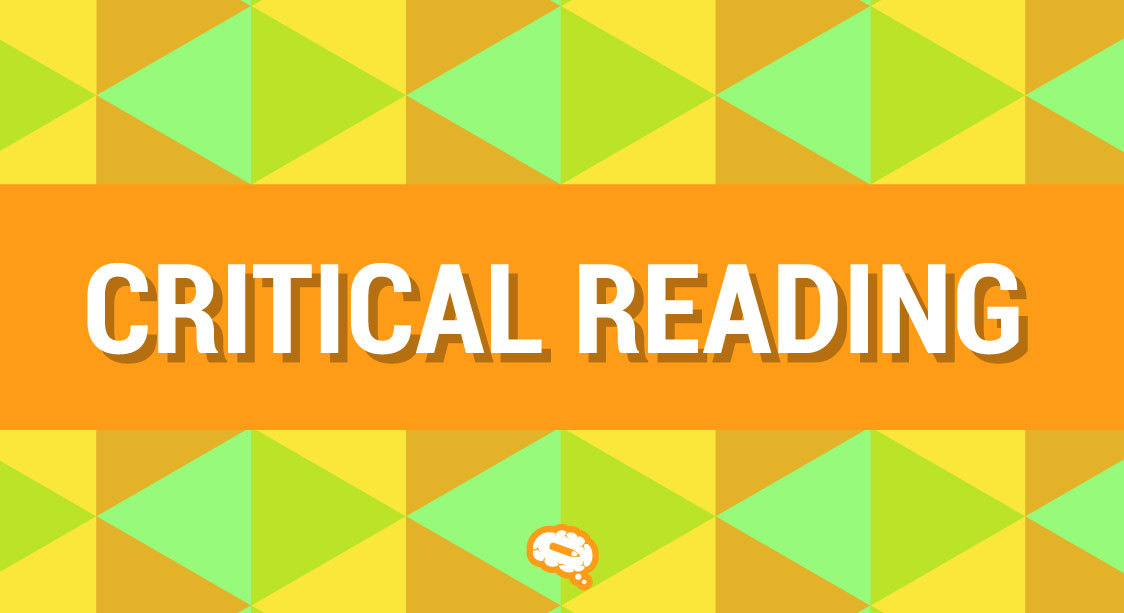Embarking on the journey of writing a book review can be both exciting and daunting for readers seeking to share their thoughts and insights on a captivating literary work. However, without a clear understanding of the structure of a book review, enthusiasm may become lost in a sea of disorganized thoughts.
Discover what a book review truly entails and master its proper structure to confidently articulate your insights and engage your audience in the article “Structure of a Book Review Made Simple.”
What Is A Book Review?
A book review is a critical evaluation and analysis of a book, typically written by a reader, critic, or reviewer, with the purpose of sharing their thoughts and opinions about the book’s content, style, and overall impact. Book reviews aim to provide potential readers with insights into the book’s strengths and weaknesses, its themes, characters, plot, writing style, and relevance.
Related article: Mastering Critical Reading: Uncover The Art Of Analyzing Texts
These reviews can vary in length and format, ranging from brief summaries to more in-depth analyses. Book reviews play a vital role in informing readers about new releases, helping them make informed decisions about what books to read and explore. They also offer authors valuable feedback and contribute to the broader literary discourse.
Purpose Of A Book Review
The purpose of a book review is multifaceted and serves various important functions for both readers and authors. The primary purposes of a book review are:
- Informing and Guiding Readers: Book reviews provide valuable insights and assessments of a book’s content, style, and overall quality. They help readers make informed decisions about whether a particular book aligns with their interests and preferences, saving them time and money by choosing books that resonate with them.
- Promoting Books and Authors: Positive book reviews can serve as powerful marketing tools for authors and publishers. A well-written, favorable review can generate interest in a book and contribute to its popularity and sales.
- Providing Feedback to Authors: Book reviews offer constructive feedback to authors, allowing them to gain valuable insights into their writing and storytelling. Authors can use this feedback to improve their craft and refine their future works.
- Encouraging Dialogue and Discussion: Book reviews stimulate conversations and discussions about literature. Readers often engage with the content of the reviews, sharing their own opinions and perspectives, creating a lively exchange of ideas.
- Enhancing Literary Criticism: Book reviews contribute to the realm of literary criticism by analyzing and evaluating the artistic and literary merits of a book. They add to the broader understanding of literature and its significance in society.
- Documenting Literary History: Book reviews serve as historical records, documenting the reception and impact of a book at a particular point in time. Over time, they become essential resources for researchers and scholars studying the literary landscape of different eras.
- Cultivating a Reading Culture: By highlighting the importance of reading and sharing literary experiences, book reviews help foster a reading culture. They encourage people to explore diverse genres and authors, expanding their horizons and intellectual curiosity.
Overall, the purpose of a book review is to offer an informed and balanced evaluation of a book, benefiting readers, authors, the literary community, and the broader culture of reading and writing.
Structure Of A Book Review
A well-structured book review covers several key elements, including title and author information, plot summary, theme discussion, character analysis, setting description, style and structure discussion, and other relevant aspects. Learn more about each:
Title & Author Information
The book review begins by providing essential details, including the book’s title, author’s name, and publication information. This introduction allows readers to identify the book being reviewed and provides context about the author.
Plot Summary
The review includes a concise plot summary that outlines the main events, conflicts, and developments in the book. While avoiding major spoilers, the summary gives readers an overview of the narrative and the central storylines.
Theme Discussion
In this section, the book’s themes and underlying messages are explored. The reviewer discusses the deeper ideas, emotions, or societal issues that the book addresses, offering insight into the book’s broader significance.
Character Analysis
The book’s key characters are examined in this section, with a focus on their development, motivations, and impact on the plot. The reviewer may discuss the protagonists, antagonists, and supporting characters, analyzing their strengths, weaknesses, and overall contribution to the story.
Setting Description
The setting of the book, including time and place, is described in detail. The reviewer discusses how the setting influences the narrative, enhances the atmosphere, and adds depth to the overall reading experience.
Style & Structure Discussion
In this section, the book’s writing style, language, and narrative structure are analyzed. The reviewer examines the author’s storytelling techniques, use of literary devices, and overall writing quality, discussing how these elements contribute to the book’s appeal and impact.
Other Aspects To Consider (If Applicable)
Depending on the book’s genre and content, additional aspects may be discussed. For non-fiction books, the accuracy of information and the author’s authority on the subject may be evaluated. For fiction books, elements such as world-building, dialogue, pacing, or genre-specific elements may be examined.
Evaluation And Critique
The evaluation and critique section of a book review is undoubtedly the most captivating and insightful part of the review. Here, the reviewer embarks on an intellectual journey, conducting an in-depth analysis of numerous aspects, including the seamless execution of the plot, the intricacies of character development, the exploration of thought-provoking themes, and the book’s overall prowess in effectively conveying its intended message.
With a keen eye for detail and a commitment to impartiality, the evaluation delves into both the book’s remarkable strengths and any potential weaknesses, offering readers a balanced and objective assessment.
Strengths & Weaknesses Of The Piece
Here, the book’s notable strengths and weaknesses are identified and discussed. The reviewer highlights what the book excels at, such as compelling storytelling, well-developed characters, or thought-provoking themes. Conversely, any areas where the book falls short, such as plot inconsistencies, underdeveloped characters, or pacing issues, are also addressed. This analysis helps readers gauge the book’s overall quality and understand its merits and limitations.
Personal Opinion/Impressions On The Piece
In this subjective section, the reviewer shares their personal opinions and impressions of the book. They discuss how the book resonated with them emotionally, intellectually, or creatively. The reviewer may elaborate on specific scenes, quotes, or moments that left a lasting impact or offered a unique reading experience. This personal touch adds authenticity to the review and helps readers connect with the reviewer’s perspective.
Browse Through 75 000+ Scientifically Accurate Illustrations In 80+ Popular Fields
Discover a world of scientific wonders with Mind the Graph—an online infographic maker offering access to over 75,000 scientifically accurate illustrations across 80+ popular fields. Unleash your creativity as you browse through a diverse range of visuals, from biology to physics, chemistry to medicine. Whether you’re a researcher, student, or educator, Mind the Graph empowers you to captivate your audience with visually stunning and precise representations, making complex science effortlessly engaging and accessible.

Subscribe to our newsletter
Exclusive high quality content about effective visual
communication in science.

